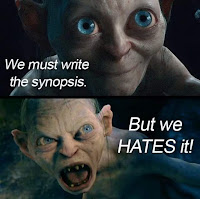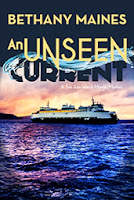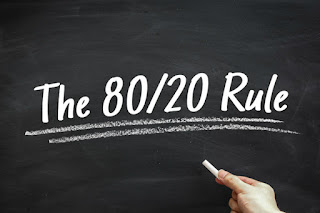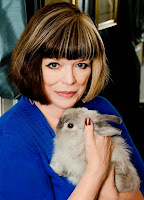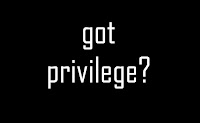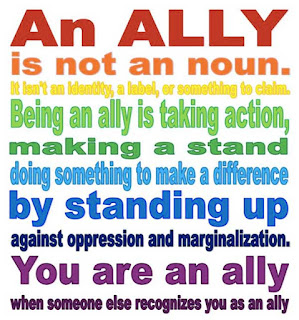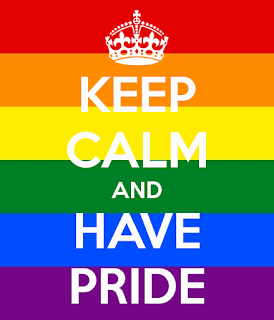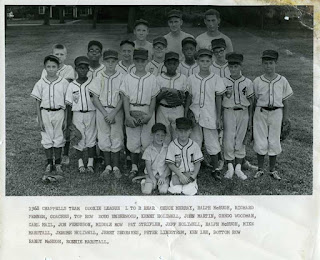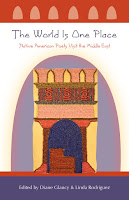by Paula Gail Benson
During the month of May, numerous commencement speeches have been
featured on social media sites. I feel for the persons selected for this “honor.”
In a matter of a relatively few minutes, these folks are expected to be
inspirational, reflective, humorous, wise, and memorable. It’s a tough gig.
My friend Art Taylor, a Yale alumnus and Associate
Professor at George Mason University, faced the challenge when asked to address
his son’s preschool graduation. He writes about his experience in his “Graduation Day!” post on SleuthSayers.org.
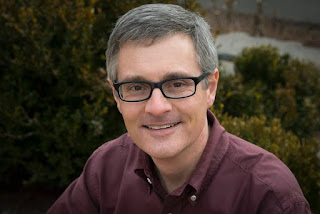 |
| Art Taylor |
Initially, Art had questions about the relevance of
a preschool graduation, but after evaluating all he had seen his son learn,
considering the relationships developed that might not continue as students went to different
kindergartens, and watching the joy the graduates expressed about celebrating their
milestone and preparing for their transitions, he realized that the occasion very
much deserved its own recognition and struggled to keep his remarks within the
allotted time frame.
As I viewed recent videos of commencement addresses, I came across a
speech that I found particularly meaningful on two levels: first, for its perspective on the
human experience and life lessons, and second, probably unintended by the
speaker, for its applicability to writing fiction.
 |
| Dean James Ryan |
The speech was given by Dean James Ryan (another
Yale alum) to the Harvard Graduate School of Education on May 29, 2016. Dean
Ryan, who has been described in a Harvard press release as “a scholar at
the crossroads of education, law, and policy,” received his A.B., summa cum
laude, from Yale University and his J.D. from the University of Virginia,
which he attended on a full scholarship and from which he graduated first in
his class. He clerked for Supreme Court Chief Justice William H. Rehnquist
before teaching law at the University of Virginia. He became dean of the Harvard
Graduate School of Education on September 1, 2013.
In his speech, Dean Ryan addressed the five
essential questions to be asked in life along with a bonus question. [Here’s a link so you can read and watch the entire speech. I hope you will. It’s very inspirational.] The
questions Dean Ryan recommended were:
(1) “Wait,
what?” According to Dean Ryan, this question indicates that the audience has focused its attention on a
particular subject. Dean Ryan’s example was asking his children to clean their
rooms. He said what they heard him say was: “blah, blah, blah, and I’d like for
you to clean your room.” Their “Wait, what?” signaled that they were not really
listening closely, then suddenly heard something that applied directly to them,
and needed him to repeat it for clarity.
In fiction, this is what we call the hook, the
reason why a reader chooses one story over any other, the personal, emotional
connection that convinces the reader, I want to spend my time with this author
and what he or she has to tell me.
(2) “I
wonder, either why or if?” Dean Ryan characterizes this question as demonstrating curiosity and shows that a person is interested in learning more. The person has become
engaged with the subject.
For fiction writers, the “I wonder” often leads to
the germ of the story they decide to tell. By pondering, what would happen
under certain circumstances, they come up with characters and a plot.
Similarly, seeking the why or what if often is the
catalyst for a protagonist, in Christopher Vogler’s A Hero’s Journey parlance, to leave his “ordinary world” and consider “the call to adventure.” What might be possible? Is this a challenge I
should accept or decline? Where will it take me?
(3) “Couldn’t
we at least . . .?” Dean Ryan says this question shows progress. Not only has the person
become engaged, but he’s beginning to care about the people and process
involved.
At this point in a story, the protagonist has
crossed the threshold. He may not be all in and he may have obstacles to face,
but he’s not going to retrace his steps back to the beginning. He’s signed on
for the journey.
(4) “How
can I help?” For Dean Ryan, this question indicates the person has developed a relationship with the subject. Even
more important, the person’s beginning to insert himself into the mix.
In a story, this question pervades during the midpoint through the
climax. The protagonist is committed; he knows the goal and he’s going to help
obtain it. He’s preparing to face the ultimate struggle.
(5) “What
truly matters (to me)?” For an individual, this is the answer to the “why” or “what
if?” Dean Ryan says it explains the purpose in life and reveals the person’s heart.
For the protagonist, this is the reason the story
began, the true basis for his existence, the challenge he must face.
(6) The
bonus question: “Did I get what I wanted out of life even so?” For Dean Ryan, this is the evaluation. In essence, was
it worth it?
Whether the protagonist wins or loses, was the
struggle a significant and valiant effort?
No matter how a story might be perceived, a writer
can only hope the reader can find some level of appreciation and meaning in the outcome.
So graduates and writers, as you go forth into the
world after reading this post (and hopefully the two referenced links), take these questions with you, seek out your path and that of your characters, and I hope you
find the most satisfying answers possible. Thanks, Art Taylor and Dean James
Ryan, for the inspiration!

